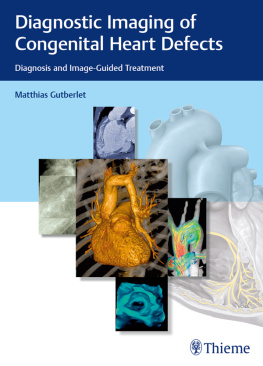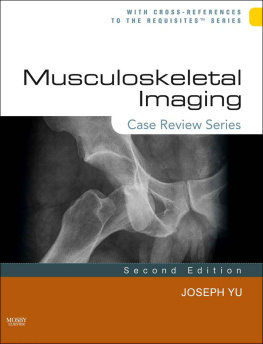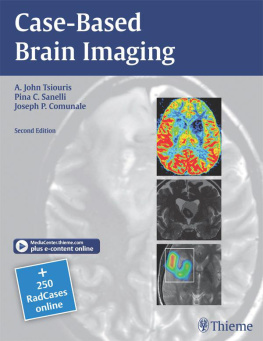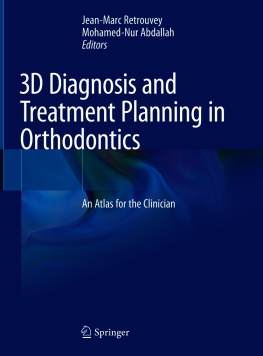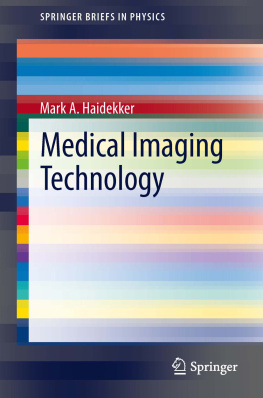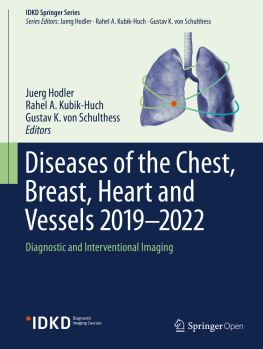Aine Kelly (editor) - Evidence-Based Emergency Imaging: Optimizing Diagnostic Imaging of Patients in the Emergency Care Setting (Evidence-Based Imaging)
Here you can read online Aine Kelly (editor) - Evidence-Based Emergency Imaging: Optimizing Diagnostic Imaging of Patients in the Emergency Care Setting (Evidence-Based Imaging) full text of the book (entire story) in english for free. Download pdf and epub, get meaning, cover and reviews about this ebook. year: 2018, publisher: Springer, genre: Romance novel. Description of the work, (preface) as well as reviews are available. Best literature library LitArk.com created for fans of good reading and offers a wide selection of genres:
Romance novel
Science fiction
Adventure
Detective
Science
History
Home and family
Prose
Art
Politics
Computer
Non-fiction
Religion
Business
Children
Humor
Choose a favorite category and find really read worthwhile books. Enjoy immersion in the world of imagination, feel the emotions of the characters or learn something new for yourself, make an fascinating discovery.
- Book:Evidence-Based Emergency Imaging: Optimizing Diagnostic Imaging of Patients in the Emergency Care Setting (Evidence-Based Imaging)
- Author:
- Publisher:Springer
- Genre:
- Year:2018
- Rating:5 / 5
- Favourites:Add to favourites
- Your mark:
Evidence-Based Emergency Imaging: Optimizing Diagnostic Imaging of Patients in the Emergency Care Setting (Evidence-Based Imaging): summary, description and annotation
We offer to read an annotation, description, summary or preface (depends on what the author of the book "Evidence-Based Emergency Imaging: Optimizing Diagnostic Imaging of Patients in the Emergency Care Setting (Evidence-Based Imaging)" wrote himself). If you haven't found the necessary information about the book — write in the comments, we will try to find it.
This book presents evidence-based criteria to systematically assess the appropriate use of medical imaging in the emergency department and other acute care settings. Over the last decade, there have been profound changes in the diagnostic testing and work-up of patients presenting to the emergency department with emergent symptoms. One of the most far-reaching changes has been the increased availability, speed, and accuracy of imaging due, in part, to technical improvements in imaging modalities such as CT, MR, and PET. Although the use of high-end imaging has plateaued in general, increased utilization continues in the ED. These patients are more acutely ill and there is additional pressure to make an accurate diagnosis as quickly as possible to facilitate prompt disposition or treatment. There is also strong evidence for the beneficial use of imaging in the emergency setting that results in improved patient outcomes. This book answers that need by providing protocols and guidelines for neuroradiological, cardiothoracic, abdominal and pelvic, musculoskeletal, and pediatric imaging are reviewed in terms of the available imaging modalities, diagnostic criteria, and treatment options. Distinguished by its unique focus on evidence-based emergency imaging in adults, children, and special populations, this book is a unique resource for radiologists, emergency medicine physicians, and physicians in other specialties who need to be informed about the most appropriate uses of diagnostic imaging in the emergency care setting.
Aine Kelly (editor): author's other books
Who wrote Evidence-Based Emergency Imaging: Optimizing Diagnostic Imaging of Patients in the Emergency Care Setting (Evidence-Based Imaging)? Find out the surname, the name of the author of the book and a list of all author's works by series.



